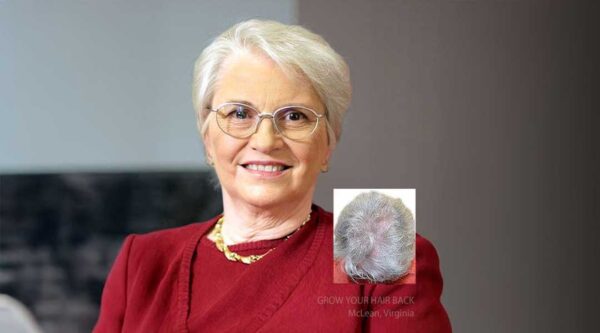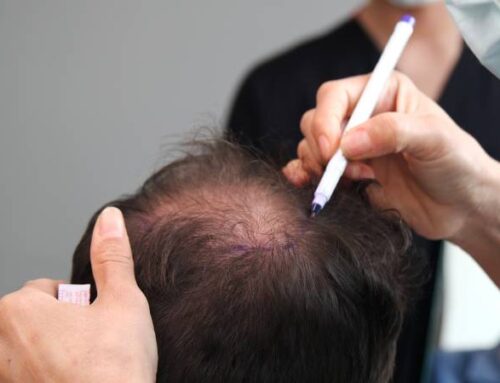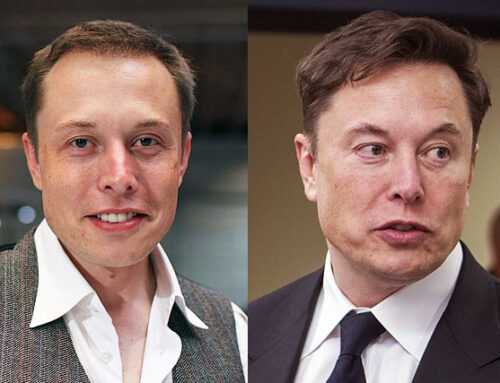Hair loss is not just a men’s issue. Many women experience hair thinning and loss, which can significantly impact their self-esteem and quality of life. Fortunately, advancements in hair transplant technology have made it possible for women to regain their confidence with natural-looking results. At Grow Your Hair Back Hair Restoration Clinic in McLean, Virginia, we specialize in two cutting-edge techniques for women’s hair transplants: Follicular Unit Extraction (FUE) and Multi-Unit Hair Grafting. In this comprehensive guide, we’ll explore these procedures, their benefits, and how to choose the right option for you.
Understanding Hair Loss in Women
Before diving into the transplant techniques, it’s essential to understand why women experience hair loss. According to recent research, female pattern hair loss affects nearly 15% of women. Common causes include:
- Hormonal changes (e.g., PCOS, menopause, postpartum)
- Medical conditions (e.g., thyroid issues, alopecia)
- Stress and lifestyle factors
- Styling damage
Recognizing the underlying cause is crucial in determining the most effective treatment approach.
Follicular Unit Extraction (FUE) for Women
FUE is a popular and minimally invasive hair transplant technique that has gained traction among women seeking hair restoration.
How FUE Hair Transplants Work
Follicular Unit Extraction (FUE) is a hair transplant technique that involves several steps. First, individual hair follicles are carefully extracted from the donor area, which is typically located at the back of the head. Next, the surgeon creates tiny incisions in the recipient area where hair growth is desired. Finally, the extracted follicles are delicately implanted into these incisions, completing the transplant process.
Robotic FUE hair transplantation offers several benefits for women seeking hair restoration. One significant advantage is the minimal scarring it leaves behind. The procedure results in only small, dot-like scars that are barely noticeable, preserving the natural appearance of the scalp. Another benefit is the quicker recovery time associated with FUE. Most patients can return to their normal activities within just a few days after the procedure, minimizing disruption to their daily lives.

The versatility of FUE makes it an excellent option for women with specific needs or preferences. It is particularly suitable for those with limited donor hair, as it allows for precise extraction of available follicles. Additionally, women who prefer shorter hairstyles can benefit from FUE, as the minimal scarring doesn’t restrict their styling options.
Perhaps one of the most appealing aspects of FUE for women is the natural-looking results it can achieve. The technique allows for the precise placement of individual follicles, enabling the surgeon to create a hairline and growth pattern that closely mimics natural hair growth. This attention to detail helps ensure that the final result looks authentic and seamlessly blends with the patient’s existing hair.
Multi-Unit Hair Grafting: A Unique Approach
At Grow Your Hair Back Hair Restoration Clinic, we offer a specialized technique called Multi-Unit Hair Grafting (MUHG), which combines the benefits of traditional methods with advanced technology.
How Multi-Unit Hair Grafting Works
Multi-Unit Hair Grafting is an innovative hair transplant technique designed with women’s unique hair restoration needs in mind. This method involves harvesting small groups of hair follicles, typically consisting of two to three follicular units, from the donor area. These multi-unit grafts are then carefully transplanted into the recipient area where hair growth is desired.
The procedure can often provide fuller, more natural-looking hair transplant results for women with fewer procedures, resulting in significant cost savings for the patient.
Benefits of Multi-Unit Hair Grafting
- Increased density: More hair can be transplanted in a single session
- Cost-effective: Often more affordable than traditional FUE for larger areas
- Natural appearance: When done correctly, results mimic natural hair growth patterns
- Reduced procedure time: Faster than transplanting individual follicles for extensive coverage
Comparing FUE and Multi-Unit Hair Grafting
When considering women’s hair transplants, it’s crucial to understand the differences between FUE and Multi-Unit Hair Grafting:
- Graft size: FUE uses individual follicular units, while MUHG uses slightly larger grafts containing 2-3 units.
- Coverage: MUHG can often provide more coverage in a single session due to the larger graft size.
- Procedure time: MUHG may be faster for larger areas, while FUE can be more time-consuming but allows for precise placement.
- Cost: MUHG is often more cost-effective for extensive hair loss, while FUE may be preferable for smaller areas or touch-ups.
- Scarring: Both techniques result in minimal scarring, but FUE scars may be slightly less noticeable.
Choosing the Right Procedure for You
Selecting the best hair transplant technique depends on various factors unique to each patient. Here are some considerations to keep in mind:
- Extent of hair loss: For more extensive hair loss, MUHG might be more suitable due to its ability to transplant more hair in less time.
- Donor hair availability: If you have limited donor hair, FUE might be the better option as it allows for more precise harvesting.
- Desired hairstyle: If you prefer very short hairstyles, FUE’s minimal scarring might be advantageous.
- Budget: Consider the cost differences between the two procedures and what fits within your financial plan.
- Recovery time: While both procedures have relatively quick recovery times, FUE might have a slight edge in this regard.
The Importance of Professional Guidance
Choosing between FUE and Multi-Unit Hair Grafting is a decision that should not be made lightly. It’s crucial to seek professional guidance from experienced hair restoration specialists. At Grow Your Hair Back Clinic, our experts will help you assess your individual hair loss pattern and underlying causes, evaluate your donor hair quality and availability, and discuss your aesthetic goals and expectations.
We will work closely with you to answer all your questions and help you choose the most suitable technique based on your unique situation and goals, as well as provide a detailed treatment plan and cost estimate.
Remember, during your consultation, don’t hesitate to ask questions about the surgeon’s experience, before-and-after photos of previous patients, and any concerns you may have about the procedure.
The Procedure: What to Expect
Regardless of whether you choose FUE or Multi-Unit Hair Grafting, the general process will involve:
- Consultation and planning: Your surgeon will design your new hairline and determine the number of grafts needed.
- Preparation: The donor and recipient areas are prepared, and local anesthesia is administered.
- Extraction: Hair follicles are harvested using the chosen technique.
- Implantation: The extracted grafts are carefully placed into the recipient area.
- Recovery: You’ll receive post-operative instructions and schedule follow-up appointments.
Recovery and Results
Both FUE and Multi-Unit Hair Grafting have relatively quick recovery times, but it’s essential to follow your surgeon’s post-operative instructions carefully. Most patients can return to work within a few days, although you may need to avoid strenuous activities for a couple of weeks.
It’s important to note that hair transplant results take time to fully manifest. You may experience some shedding of the transplanted hair in the first few weeks, which is normal. New hair growth typically begins around 3-4 months post-procedure, with full results visible after 12-18 months.
Combining Treatments for Optimal Results
At Grow Your Hair Back Hair Restoration Clinic, we often recommend combining hair transplant procedures with other treatments to enhance results and promote overall hair health. Some complementary treatments include:
- Non-surgical clinical hair loss treatment
- Low-level laser hair therapy
- Prescription medications (e.g., minoxidil, finasteride)
Our experienced hair restoration specialists will be happy to discuss these options and help you create a comprehensive treatment plan tailored to your needs. We serve patients throughout the Fairfax County, Virginia and greater Washington Metropolitan area.
Conclusion: Empowering Women Through Hair Restoration
Hair transplantation is a significant decision that requires careful consideration. While these procedures can offer effective solutions for many women, they may not be suitable for everyone. Alternative or complementary treatments such as medication, clinical hair loss treatments, or even lifestyle changes might be more appropriate in some cases.
Ultimately, the goal of hair restoration is not just to improve physical appearance, but also to enhance overall well-being and quality of life for those affected by hair loss. As with any medical procedure, anyone contemplating a hair transplant procedure should always weigh the potential benefits against the risks and to make an informed decision based on professional medical advice.



